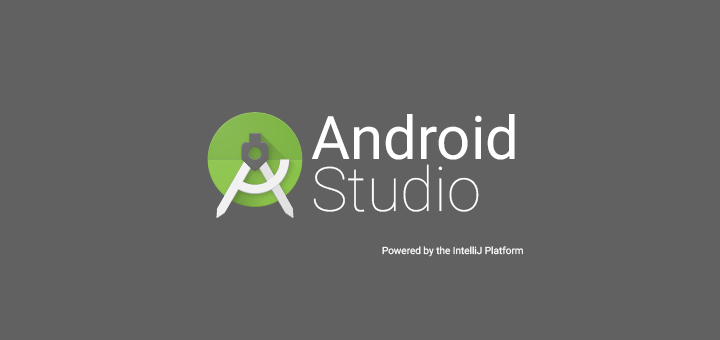Google launched the new version of Android Studio 3.1, its most popular integrated development environment (IDE). Android Studio 3.1 has amazing new features such as Kotlin Lint checks, D8 Dex compiler, and C++ CPU profiling. You can easily download the new version from developer.android.com/studio. If you already have an Android studio in your computer or laptop simply go to the navigation menu.
(Help => Check for Update on Windows/Linux and Android Studio => Check for Updates on OS X).
Google released the Android Studio 1.0 as the official Android IDE (Integrated Development Environment) aimed only at the Android geeks in 2014. Since then Android Studio has been heavily used, previously Google released the 3.0 version back in October. TechJuice has compiled a list of features of product quality and app development productivity the new version has brought to the table.
- D8 Dex Compiler: D8 has now become the default dex compiler. The previous is now replaced by DX compiler, the D8 dex is what makes your app smaller by dexing the APK compilation steps, it also has the feature of accurate step debugging, and which results in much faster builds. Make sure that in the gradle.properties either you have selected no
android.enableD8flag, or set it totrue. - New Build Output Window: The new Build output window now organizes the build status and errors in the form of a tree. This update also added Gradle output in the new window.
- C++ CPU Profiling: Since you can perform profiling in the new version of Android Studio with Kotlin and Java language app code, it adds an option to profile your C++ code in your app. Using simpleperf in the back end, the C++ profiler gives an option to record C++ method traces.
- Quick Boot: This option allows you to resume your Android Emulator in less than six seconds. Just like any other physical Android device, it must be initially cold booted, causing the emulator to be extremely fast. This feature is inbuilt for all the Android Virtual Devices.
- Kotlin Lint Checks: The Lint code quality check has also been enhanced in such a way that you can run it with a command line or from IDE. Open the Android Studio project, and run
gradlew lintvia command line. - Database Code Editing: Now you can easily edit inline with SQL/Room Database code because of SQL code completion in your @Query declarations, even the SQL statement refactoring is better now, and SQL code navigation while working on any project.
- System Images and Frameless Device Skins: The latest version of Android Emulator also supports Google API’s such as API 24 (Nougat) — API 27 (Oreo) emulator systems images and the P developer preview as well along with Google Play Store. The feature that really makes life easier is that the device’s emulator skins can be updated to work frameless, which means you can test the app with 18:9 screen aspect ratios, or even with the Android P Developer Preview DisplayCutout APIs.
- Network Profiler Updates: Threads & Network Request: The new Network Thread option lets you inspect the multithreaded network traffic, additionally the new Network Request tab can also help you dig into the network requests over long periods of time.
- IntelliJ Platform Update: The new version IntelliJ 2017.3.3 brings some wanted features making developers lives easier with new Kotlin language intentions and built-in support for SVG image preview.
Google also adds stability and performance fixes in the latest version of Android Studio 3.1. You can also browse into the full release notes by Google.
What do you think about the latest version of Android Studio 3.1? Let us know in the comments below!












